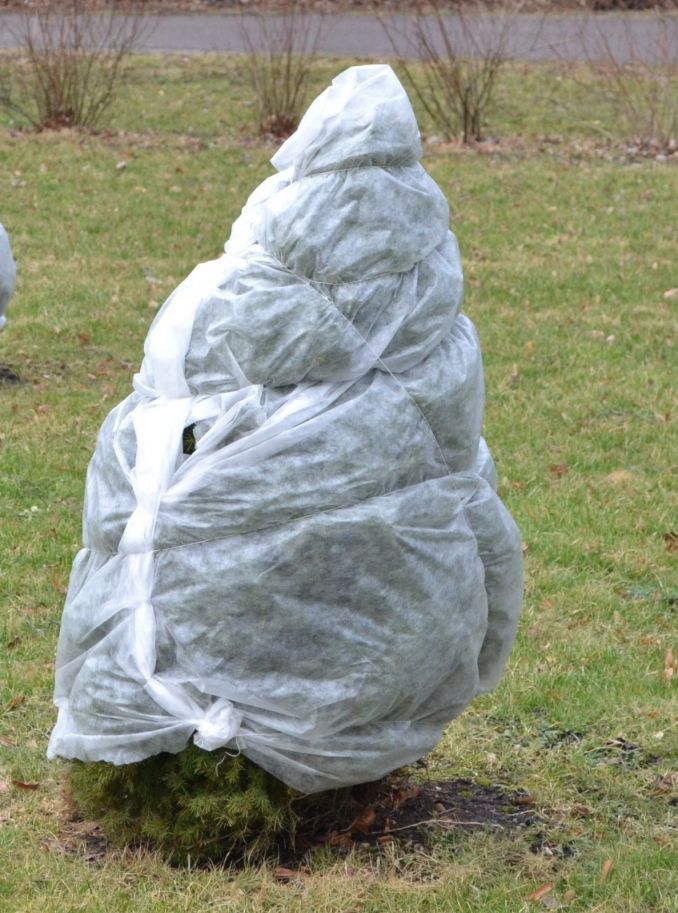Everybody loves the taste of a fresh garden salad or off-the-vine veggies. But with gardening, things change when it comes to winters.
Are you concerned about how to increase the productivity of your garden this winter? If so, then this may be the time to learn something our ancestors always knew and practiced generations after generations. It may sound a bit surprising, but bountiful winter harvests are possible across different locations of the globe.
Winter cold hardening is the plantation of crops in the fall to harvest throughout the winter. By the start of winters, the crop reaches maturity and stays in good condition for eating fresh, even when the temperature dips. Here is the list of essential things you need to know for a successful winter gardening.
Plant cold-hardy vegetable varieties
If you are planning to grow summer crops at the helm of the winter season, you may be disappointed. Plantation of crops such as tomatoes, peppers, melons is undoubtedly a recipe for disaster. Instead of growing summer veggies that you love, you can plant cold-tolerant plants that can easily thrive when the temperature falls. Radish, carrots, spinach, onions, beets, cabbage, scallion are some of the significant collections of the slow, middle, and fast-maturing crops that you can quickly grow. These have nominal water requirements as compared to the summer crops.
Remove weeds and debris from the garden
One final weeding session can eliminate thousands of overwintering & unwanted seeds that will just be waiting to come out at the first hint of springs. The debris which is created as a result of fallen leaves and dead plants should be removed to avoid the possibility of pests and diseases. You can use clean and dry leaves fallen from the trees to use it as mulch after shredding. All you need to do is gather it and put it through a leaf shredder. If not a shredder, you can run them over using a lawnmower with a bag attached to it. It will prevent them from getting packed together in layers and provides a better air circulation & water passage.

Proper pruning in winter
Proper pruning is one of the best ways that increase the overall lifespan of your plants. It provides a much-needed balance to your plants. All you have got to do is cut the perennials that are required in the winters. It includes the leaves that will blacken and turn spongy and also the ones that are much likely to harbor disease or insects. Cut the spindly branches, which might get damaged with the extra load of snow. Cut the crossing branches, which can be damaged from rubbing in high winds. Depending on the pruning necessities that you deem fit, other major pruning can be left for some other time.
 Consider wrapping newly planted shrubs
Consider wrapping newly planted shrubs
Your evergreen shrubs are most likely to get damaged from the howling winter winds. It also causes the dehydration of the plants. The plants which usually have weak branches or those with leaves that are easily harmed should be wrapped around in a breathable material. You can use a variety of products like shrub covers or cheap burlaps, which are specifically designed for protecting bushes and small trees.
Add compost to the soil
Your plant can benefit a lot if you are adding compost to the soil. It provides organic nutrients to the soil, which is necessary for the growth of the plants. It would help the plants even better if you use organic compost as opposed to the artificial ones. But you need to be careful before adding the compost to the soil. It is recommended that you only add compost, which should not be deeper than three inches thick under the soil.
Skip your regular watering cycle
If you are facing water scarcity water in your region, then winter plantation is probably the only thing that you need to do. As opposed to summer times, you don’t need to worry about watering your plants on a regular interval in winters. Only the newly planted ones need to be watered on a regular interval. During dry periods, once a week, a proper sprinkling of water is beneficial for winter plants. Also, you can easily witness once in a while rain, in winters. Unless it is dry winter, water would be of the nominal use.

Apply mulch and use anti-transpirants
Mulch is an insulating layer of dead leaves and other debris which can be used to protect the dormant perennials survive the winter. These perennials tend to cope better with consistent cold as opposed to fluctuating temperatures. You can also prevent the plants from drying in winter with the help of sprays. It can easily be applied to the leaves, which in return it locks the moisture within the leaves and helps it against the cold wind burns.
Avoid unnecessary fertilization
It is okay if you are using fertilizers to boost the growth of winter plants. But over-fertilization can lead to the unbalanced PH level of the soil and messes up with the nutrient cycle of it. And often, it eventually results in side effects in the form of abnormal growth of a plant and even a dead plant.
Final Words
You are destined to enjoy your winter growth and home gardening year-round if you understand the working phenomenon and maintenance requirement of the winter crops. The above guide will help you enjoy some of the exquisite winter season.
About the author:
Emily Bartels is a content writer at Garden Makers. She enjoys writing on various topics mainly associated with Home Improvement, Gardening, Technology and Pets. Her famous articles are on the topic of Home Improvement, Technology and many more.









